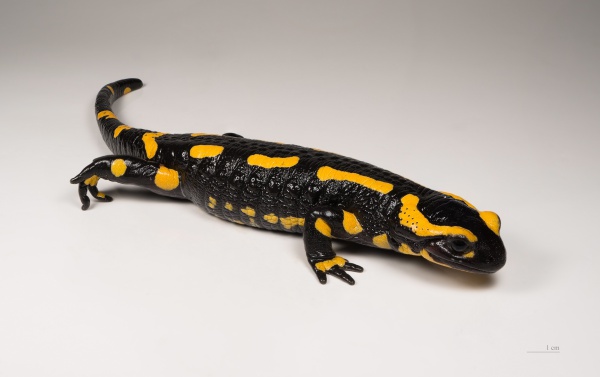Facts About Fire salamander
The fire salamander is a striking and well-known amphibian found throughout Europe. Easily identifiable by their black bodies adorned with bright yellow spots or stripes, these salamanders typically inhabit central European forests, particularly favoring deciduous forests where clean water sources are available for their larvae to develop.
As nocturnal creatures, fire salamanders emerge at night to hunt, feeding primarily on insects, spiders, earthworms, and other small prey. In captivity, a diet of crickets, mealworms, and similar insects tends to keep them healthy and content.
During breeding, males develop a conspicuous swollen gland used to produce spermatophores—packets of sperm. The courtship process involves the male depositing these packets on the ground for the female to pick up, thereby fertilizing her eggs internally. Remarkably, females can store sperm for future fertilization of additional clutches of eggs.
Fire salamanders possess a unique defense mechanism: their skin secretes toxins that can induce convulsions and high blood pressure in vertebrates, serving as an effective deterrent against predators.
These fascinating creatures typically inhabit southern and central Europe, residing at altitudes ranging from 250 to 1,000 meters. Various subspecies exist, with some giving birth to live young (viviparous) and others laying eggs that hatch within the female's body (ovoviviparous).
Unfortunately, fire salamanders face significant threats from a deadly fungus called Batrachochytrium salamandrivorans, which has been causing population declines in certain regions. Conservation efforts are crucial to ensure these captivating amphibians continue to thrive in their natural habitats.

 Slovenia
Slovenia